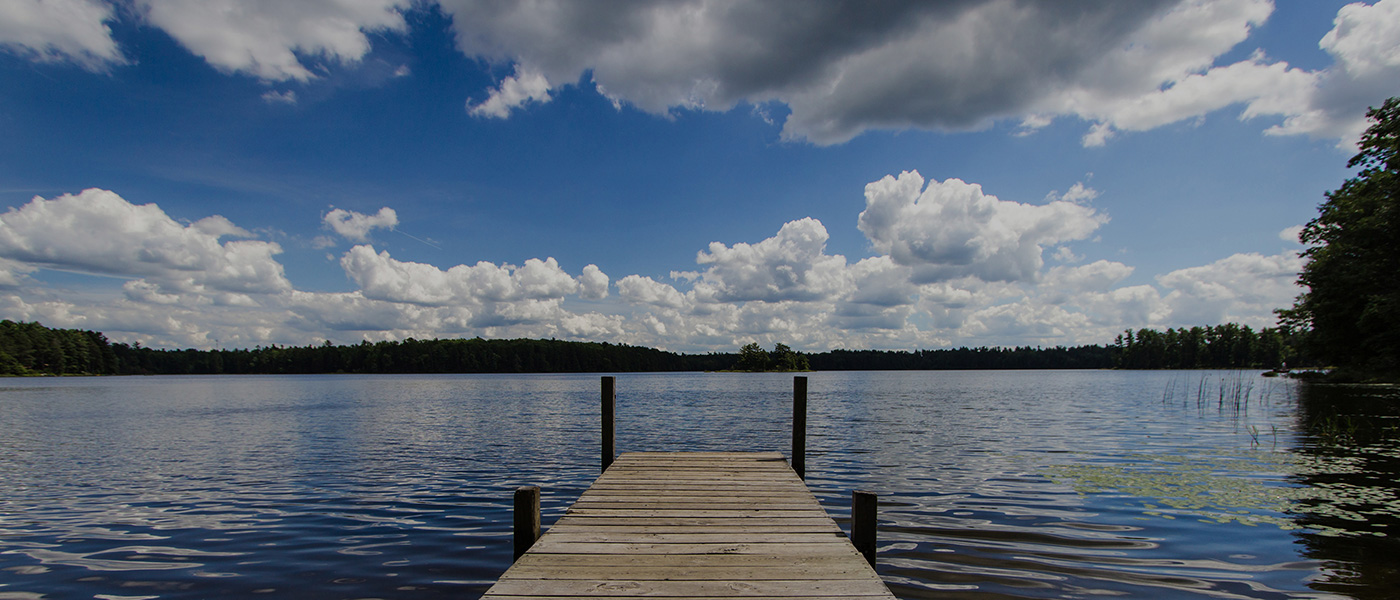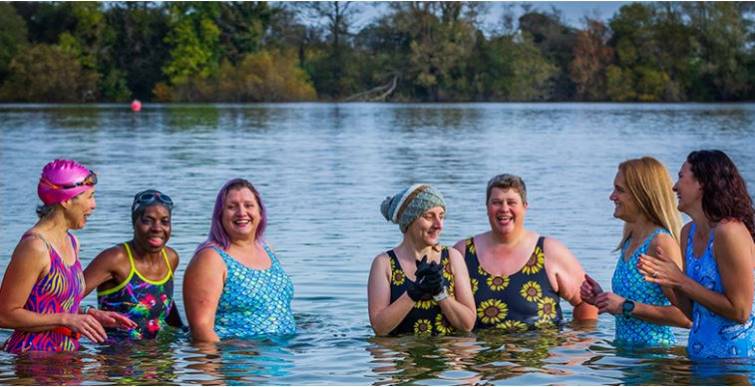
Open Water Swim Safety
11 Safety Tips for Swimming in Open Water
Nothing beats the feeling of swimming in open waters and that post-swim high you get from time spent in nature’s wild spaces. It is life-affirming and one of the best ways to expand your swimming horizons. But how do you stay safe in the water? It’s a very different environment from your local swimming pool. Let’s find out how to stay safe by diving into our top safety tips for swimming in open waters.
1. Find out about the local conditions.
Understanding the local water conditions is one of the most important steps for staying safe in open waters. When you’ve found your preferred swimming spot, have a chat with local swimmers or a swimming group – social media is a great place to find a local group to help you.
Make sure you ask about (or look up) the currents, the water temperature and the tidal conditions. Likewise, check the weather forecast so you have a good idea of what to expect on the day. And before you get in the water, be sure to check for any warning signs about dangers.
2. Check the water quality.
There are some beautiful open water environments to swim in but there can be hidden water quality dangers even when it looks fantastic out there. With a bit of awareness and homework, you can avoid any water quality problems and protect your health.
Check online for sewage outfall pipes and any local water quality alerts near where you plan to swim. If you live in the UK, the Surfers Against Sewage water quality map is a great place to start.
Look for blue-green algae advisory signs at your swimming spot and for warnings online – they are often posted alongside water quality data.
On the day you plan to swim, check the surface of the water for any scum that is brown, blue or green, and for murky or milky water. They can be signs of a bloom, so stay out of the water if you’re in any doubt.
Avoid swimming after heavy rains and don’t swim in urban rivers; they can be affected by leptospirosis.
3. Plan your entry and exit point.
In a perfect world, every swimming spot would have a gently sloping entry point and an exit point with soft sand that doesn’t stick to everything in sight. But in the real world, entry and exit points can be slippery, rocky and awkward to navigate.
Before you go swimming, find the easiest and safest place to get into the water and an equivalent exit point. Ask yourself how easy it will be to get out of the water with cold hands and feet and plan from there.
4. Never swim alone.
No matter how temping it is to enjoy a wild swimming spot all to yourself, never go swimming alone. Even with the best preparation and fitness, accidents can happen in the water and escalate rapidly.
Have fun, but first and foremost, make sure you go home safe and well.
5. Wear the right swimming gear.
Depending on when and where you are going swimming, the water might be warm…or breathtakingly cold! Be prepared with the right swimming gear so you can relax and enjoy your swim.
If you plan to swim in chilly water, invest in a flexible and warm swimming wetsuit or open water thermal lined swimwear. A pair of swim shoes are useful if your swim spot has a rocky or uneven entry point, and light-adaptive polarised goggles are ideal for long swims with changing light conditions.
If you’re swimming in the summer and intend to use sunscreen, make sure you choose a reef-safe brand such as MooGoo, Badger Balm or Stream2Sea.


6. Make sure you are visible in the water.
Make is easy for your surface support and other water users to spot you by being clearly visible in the water. It’s as easy as wearing a colourful swimming cap and using a bright safety buoy. This is especially important if you’re swimming in an area where boat users might stray into your swimming spot or if the water is choppy.
7. Keep clear of other water users.
If you’re going to swim somewhere where there are boats, make sure you swim close to shore where the boats can’t go. If that’s not possible, swim somewhere else. It is difficult for boat users to see swimmers in the water, so be extra careful about this.
8. Get warm post-swim.
You lose body heat about 20 times faster in the water than in air and you lose yet more heat post-swim. Make sure you get warm as fast as possible after your swim by having these items in your kit bag:
- Warm clothing.
- Woolly hat and gloves.
- Cosy changing robe.
- Flask of tea or other hot drink.
Make sure you wait until you are fully warm before you drive home. It’s the perfect excuse to pop into a nearby café for some food and drink before you drive.
9. Learn how to prevent and handle panic.
When you panic, it is extremely difficult to access the parts of your brain that you need to make good decisions. Your responses become instinctual and an easily solved situation can rapidly escalate into a life-threatening problem.
Understanding that that is how your brain functions when panic starts to occur is important to improve your water safety. With a little preparation, you can learn how to keep your brain calm.
Find out what triggers your anxiety and practice some breathing and calming mental exercises at home. You can use these in the event of anxiety and stop it escalating. The trick is to catch your anxiety and nip it in the bud before it turns to panic.
For example, if you encounter weeds in the water or something else that makes you start to panic, slow down. Don’t thrash or kick. Focus on breathing normally, hold your buoy for reassurance, and float while you calm down. Remind yourself that you can use your arms to paddle and turn around slowly towards the shore.
If you’re a nervous swimmer, make your life easier by swimming in shallow water and close to shore. That way, you can simply stand up and exit the water if you feel anxious. Just knowing you can do that will make all the difference.


10. Stay within your limits.
Which leads us nicely into sharing one of our golden rules for any water sport - make sure you stay within your limits.
Open water swimming, scuba diving and other adventurous water sports are not about pushing yourself outside your comfort zone or skill level. To reduce the chance of an accident happening - and to enjoy yourself - stay within your training limits and keep things simple.
Open waters are to be appreciated and explored, but they are also to be respected for their wild and unpredictable nature.
11. Have an emergency plan.
Finally, create a simple emergency plan so it is easy to get assistance in an emergency. Make sure you tell someone when and where you are going swimming and organise a friend to be your surface support.
Make a note of these details and keep them handy:
- Your full contact information.
- Who to contact in an emergency.
- Any medical details/history that could be useful.
- Any known allergies.
It is also a good idea to have a first aid kit in your car. Hopefully, you and your swimming buddies will never need it, but it is best to be prepared.
If you regularly swim with others in open water or are part of a swimming group, you might want to get trained in providing first aid, oxygen, CPR and/or AED support. It’s a great way to contribute to your local community and help save lives. With the flexible SSI React Right program, you can choose the training that meets your needs.
Kathryn Curzon, a shark conservationist and dive travel writer for SSI (Scuba Schools International), wrote this article.












